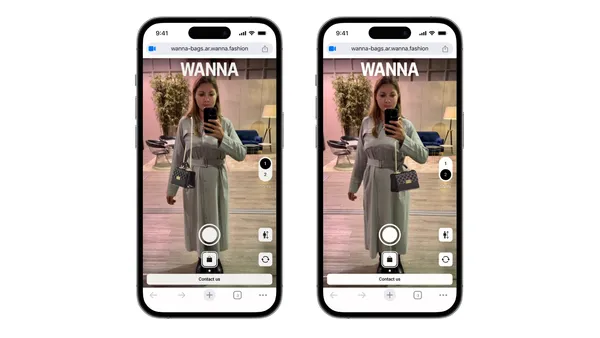The retail world never stops spinning. And while the never-ending evolution of new products and more dynamic and convenient shopping experiences grab the headlines, the one thing that powers it all is elite and near-constant communication facilitated by new technology implementations.
If managers and associates – along with the full network of stores and corporate structures – aren’t all connected in real time, the retail experience simply doesn’t work anymore.
With that in mind, Slack – an intelligent productivity platform that helps retailers build the collaborative cultures they need to delight today’s shoppers – wanted to dig into the technology challenges and opportunities retailers see as key to their evolving businesses. Slack partnered with Retail Dive’s studioID to survey more than 150 executives as well as store, regional and district managers from a broad array of market segments including big box, department, electronics, grocery, apparel and accessories and more to investigate retailers’ current technology challenges and better understand how they’re preparing for the future.
Here are three key insights from the survey, which were discussed in depth during a webinar titled “Reimagine Frontline Productivity for Retail Success.”
Retailers see key areas where technology isn’t being put to use
Only 29% of respondents’ stores were facilitating shift swaps using any sort of technology, and just 26% were using tech to support employee resource groups (ERGs). Yet these groups can serve as community centers that strengthen organizational culture and further diversity and inclusion efforts. This is especially important in the current labor market, where many retailers continue to struggle to recruit, hire and retain hourly workers.
Retail stakeholders believe the right technology strategy could help address labor shortages
Ninety-five percent of survey respondents generally agreed that the right technology strategy could create a greater sense of purpose and belonging across the front lines of their organization. And 95% also agreed that improving their company’s ability to train new hires and communicate with them would help the organization overcome workforce challenges.
Today’s retail employees engage in near-constant, ongoing communications
The fastest communication loops and most frequent exchanges are between regional and store managers, store managers and associates, stores and supply chain partners, stores within the same region and corporate offices and associates. This shows how fast the retail environment actually operates – a reality that’s unlikely to change anytime soon. But companies that embed success-enabling technologies deeply in their cultures will find themselves advantaged over their less forward-thinking peers.
Jordan Edwards, CEO of fast-growing fashion retailer Mixology – a Slack partner – talked about what their company does to improve communications during the webinar with Slack and Retail Dive’s studioID.
“At Mixology, every single person’s efforts should be directed towards serving the customer,” Edwards said during the webinar. “Deep layers of management don’t help us serve the customer. If a junior employee has to go to the right manager to get information, that slows down knowledge exchange and creates inaccuracies. Instead, we strive to maintain always-on communications that help insights travel as fast as possible. In our company, you don’t have to filter your messages through layers of management. Instead, you can talk directly to corporate whenever you need to.”
You can watch the full webinar here.










